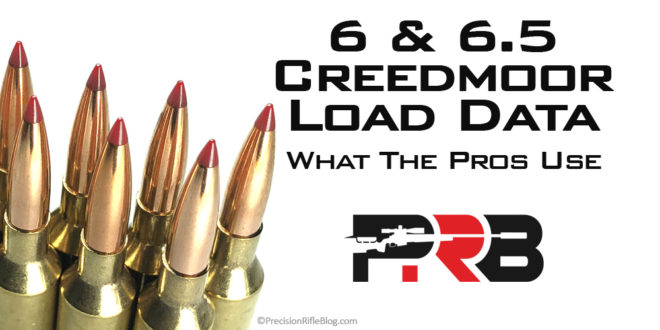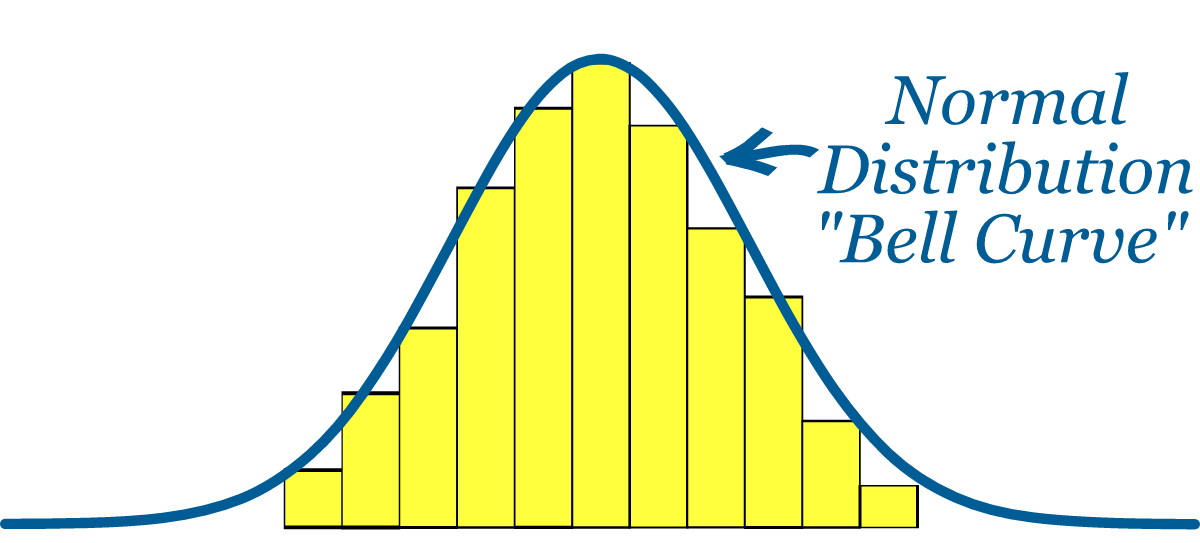This topic came up in another post in the range reports section. The moral of the story is that if you're using any sort of analysis on a sample size of less than 20-25, you're lying to yourself.
This is .223 data with 5 different charge weights every .2 grains from 23.5-24.3 of Varget. Sorry for not labeling well; it was originally only for personal use. On the left side is SD in fps, on the bottom is the number of samples. It represents a running SD as the number of shots/samples increases over 30-35 rounds.
If you look at the data from 5 shots it's a complete lie. If you look at the data at 10 shots it's a lie. From 20-30 shots you're kinda getting an idea, and IMHO I should have taken this to 50 shots because I think it would tell me that changing charge weight really doesn't change SD appreciably at all.
Most notably, follow the dark blue and orange lines as sample size increases and think about how your perception of a load would be at 5, 10, 15, 20, etc.. shot sample sizes...
Now with that said, most of these ended up hovering around 20fps. Another rifle (6 creed) I shot a 30 shot sample and it was at 12.5fps SD after 30.
From what I have seen so far I would say a TRUE SD of between 10-15fps is excellent. Any 5-10 shot sampling is a waste of your time, other than potentially grabbing a quick average velocity to plug into your calculator. However, even average velocity bounces around and settles out after 20 samples, too.
Does this make you horny baby?
(Not that it rly matters but this was 40.4 grains of RL16 in 6.5 Creedmoor Lapua SRP Brass , CCI400 Small Rifle Primers, Berger 140 gr Hybrids)
Bunch of 10 shot groups:
no reading, 2814, 2815, 2813, 2805, 2819, 2815, 2813, 2815, 2806
avg: 2813
SD: 4.5
ES: 14
Temp: 74.5
2818, 2808, 2815, 2819, 2817, 2810, 2813, 2810, 2811, 2816
avg: 2814
SD: 3.8
ES: 11
Temp: 75.5
2810, 2816, 2819, 2813, 2807, 2807, 2812, 2814, 2815, 2812
avg: 2813
SD: 3.8
ES: 12
Temp: 76.4
2814, 2814, 2816, 2805, 2816, 2815, 2813, 2814, 2809, 2808
avg: 2812
SD: 3.8
ES: 12
Temp: 76.9
2818, 2815, 2811, 2813, 2822, 2815, 2811, 2814, 2809, 2806
avg: 2813
SD: 4.4
ES: 15
Temp: 77.9
2818, 2808, 2815, 2824, 2809, 2813, 2807, 2805, 2814, 2813
avg: 2813
SD: 5.6
ES: 18
Temp: 77.9
2813, 2812, 2812, 2816, 2813, 2809, 2816, 2817, 2812, 2807
avg: 2813
SD: 3.3
ES: 11
Temp: 77.8
2814, 2812, 2815, 2805, 2814, 2808, 2815, 2816, 2822, 2816
avg: 2814
SD: 4.7
ES: 17
Temp: 78.3
(looks like I was lazy and didn't record the individual values here :/)
avg: 2815
SD: 2.4
ES: 8
Temp: 79.2
Total Sample (79 count)
Avg: 2812.9747
Avg Confidence Level of 95% = 2812.9747 ± 0.911
SD: 4.12
ES: 19




